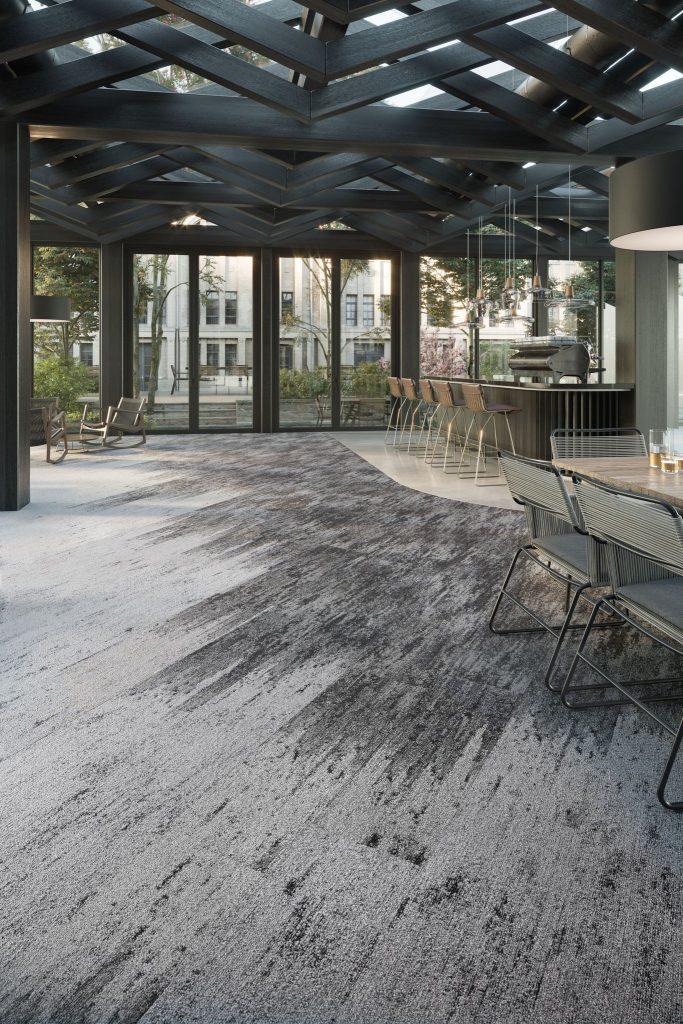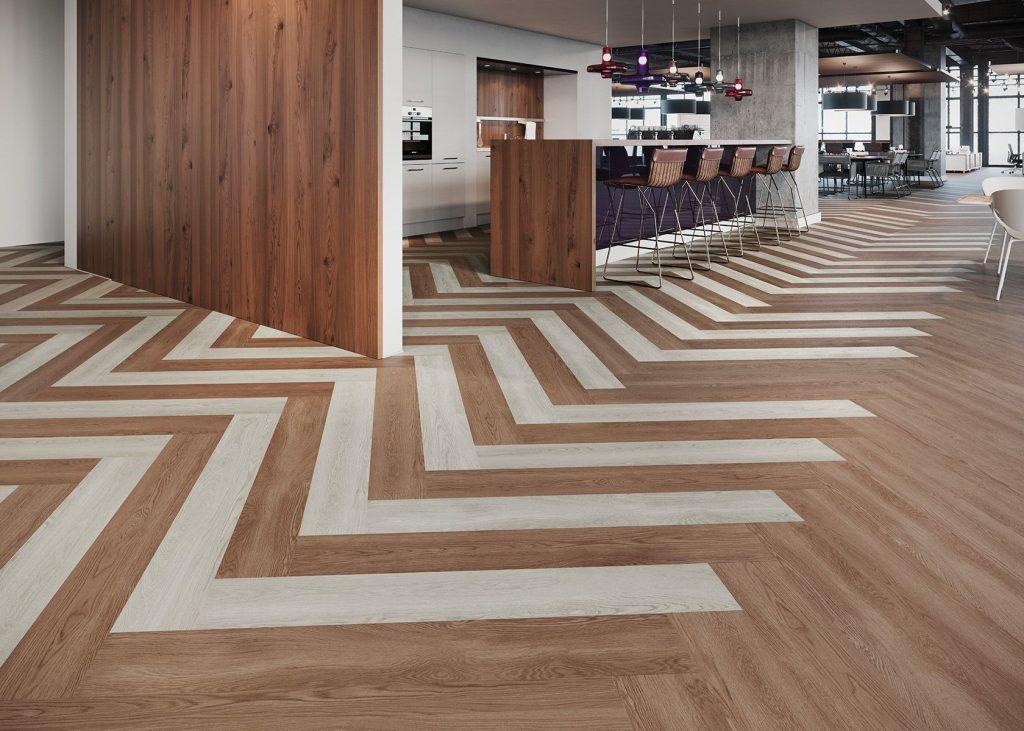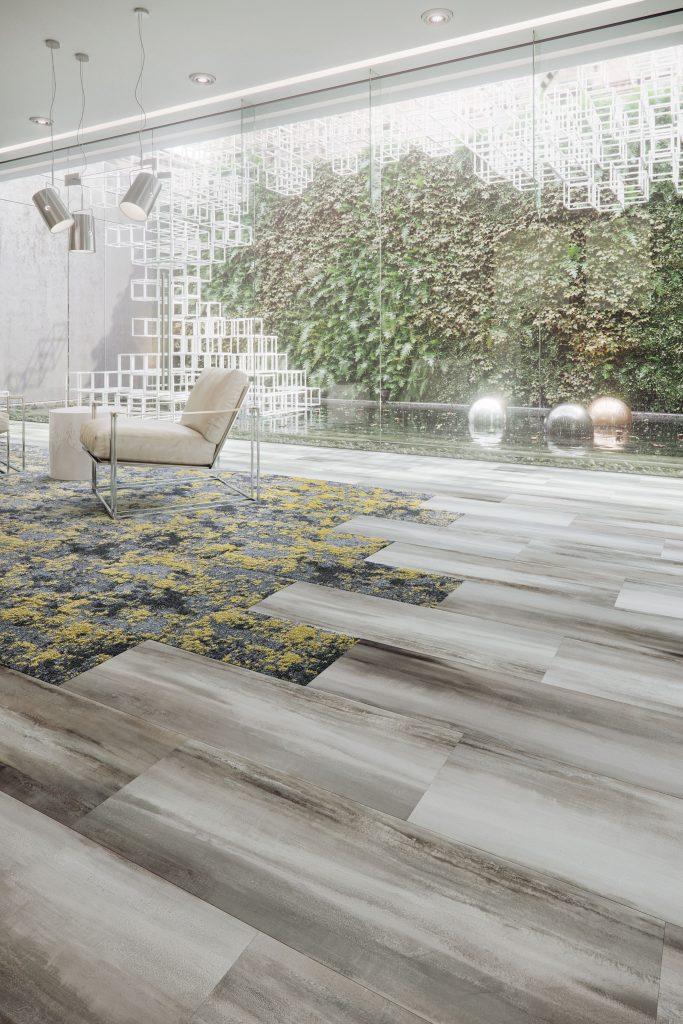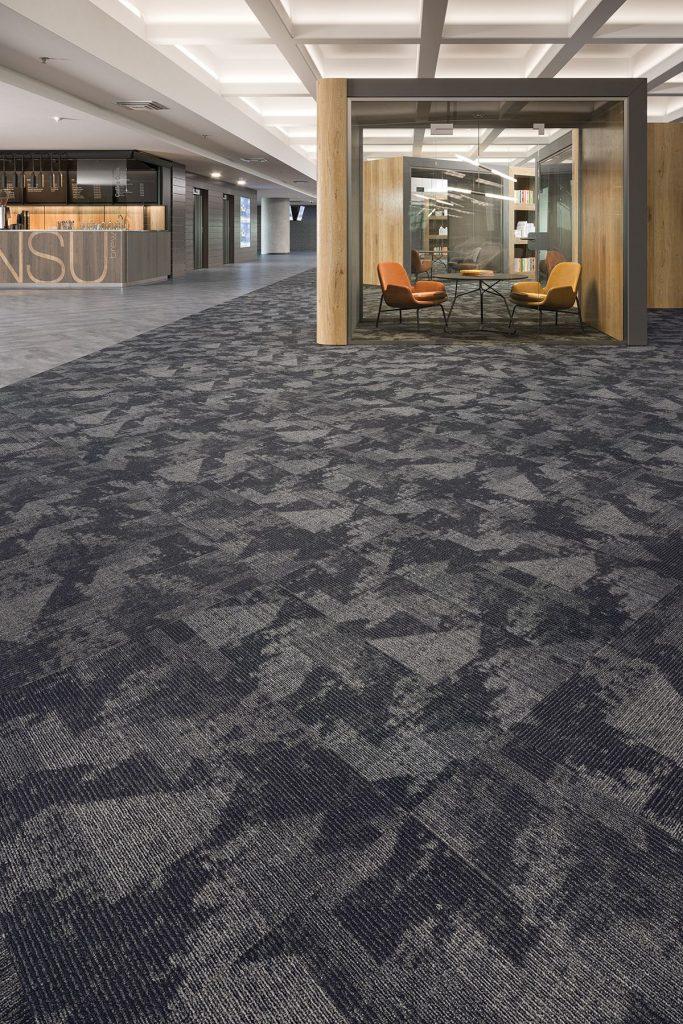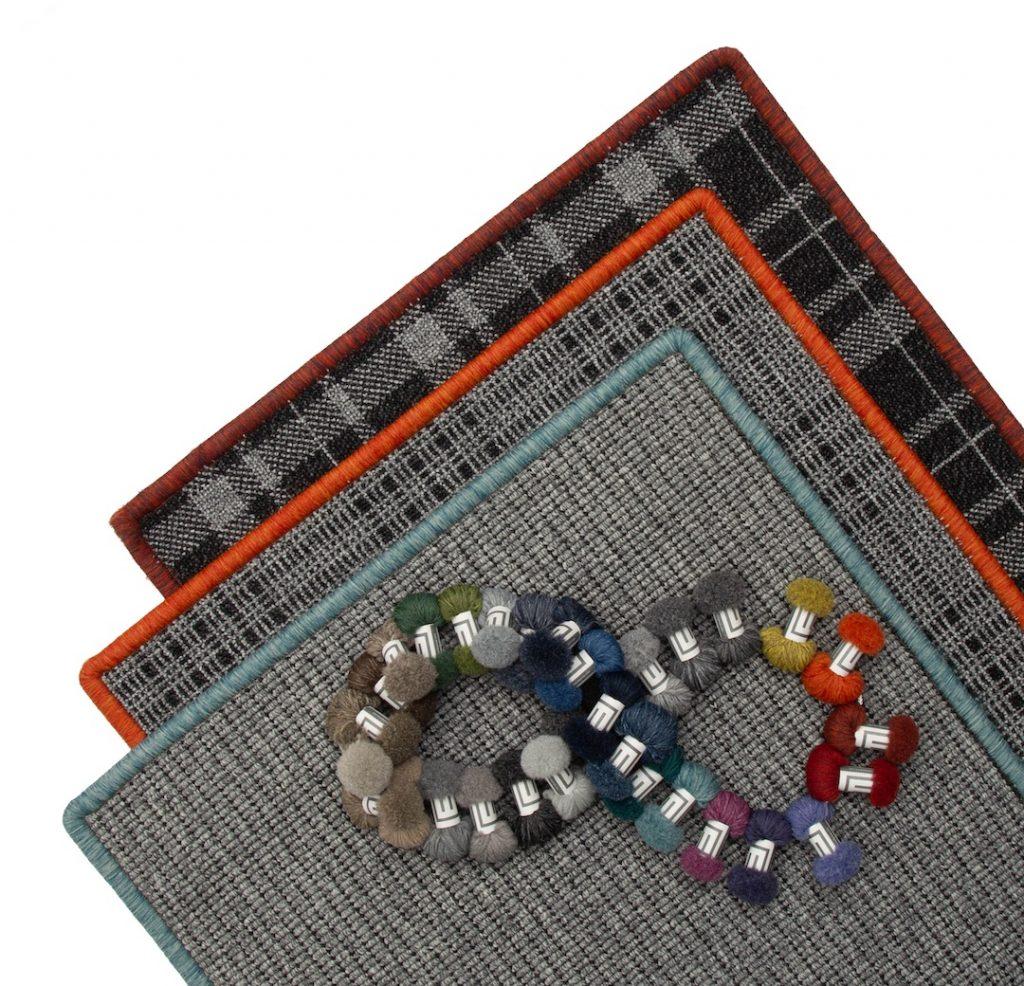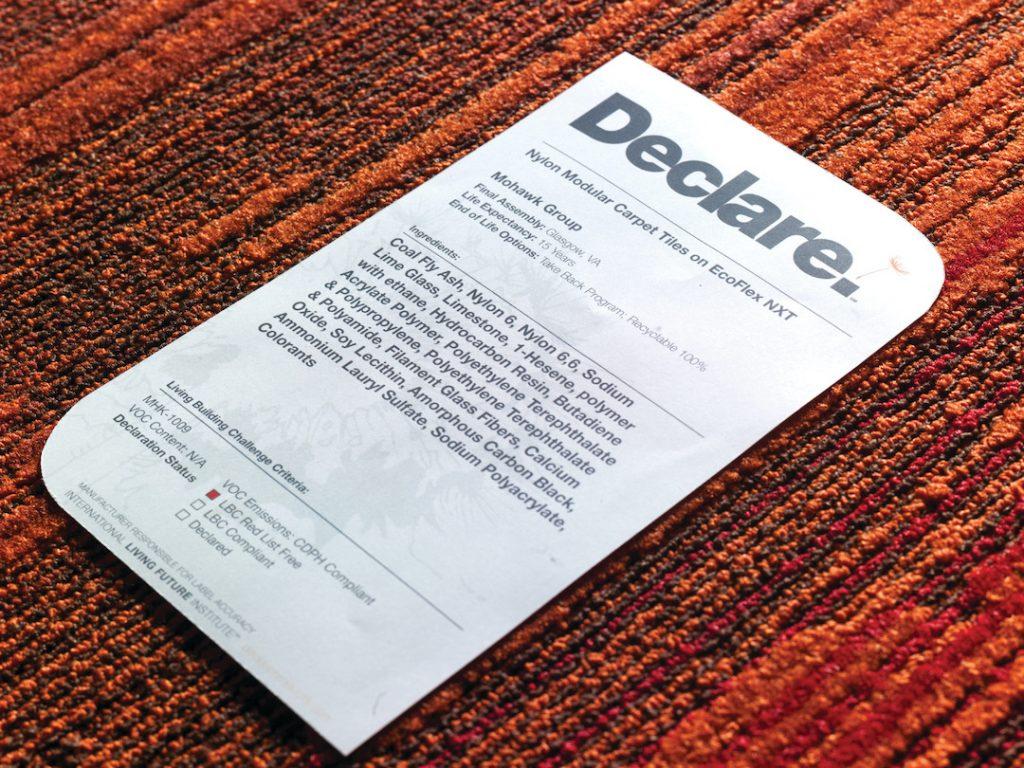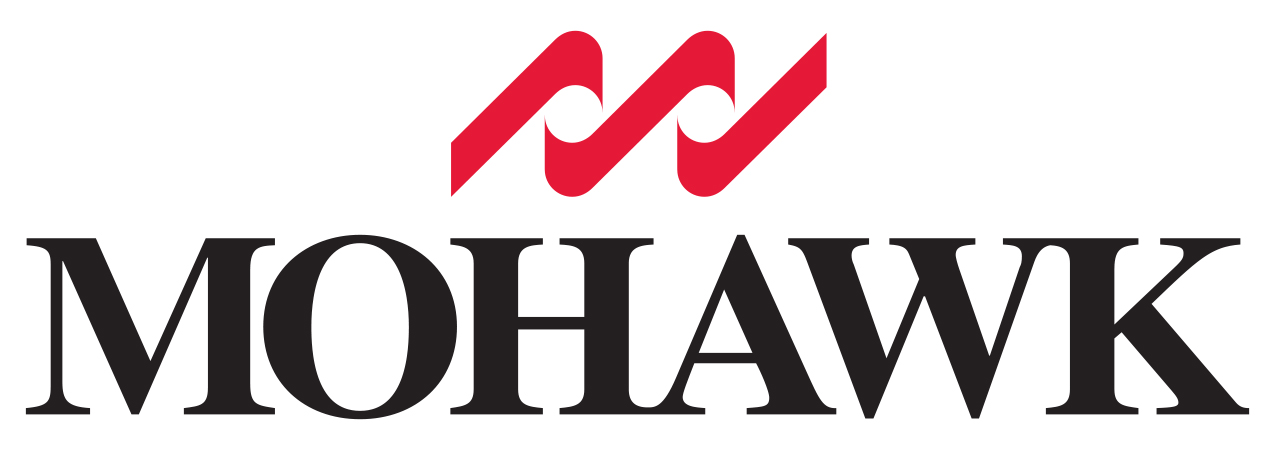4 Strategies to Support Designing for Distance in the Workplace
Shaping environments that nurture human experiences.
As businesses across the country contemplate the logistics of a post-pandemic workplace, both emotional and physical safety will likely be their guiding principle. Attempting to bring employees back together into a collaborative environment while also designing for distance to maintain the recommended six-foot standard can be a daunting task.
Fortunately, according to Metropolis editor in chief, Avinash Rajagopal,
“Crises are as much creative opportunities as they are creative challenges.”
And for problem solvers in the design industry, the particular challenges of COVID-19 have prompted creative solutions when it comes to designing for distance.
In its 2020 Return to Work Survey, Nelson Worldwide found that “purposeful and visible changes to increase safety measures in the office are top of mind to assure the workforce that re-entry is safe.” While signage may fulfill those needs in the short-term, “purposeful and visible” doesn’t have to mean aesthetically displeasing.
Enter human-centered design, a principle Mohawk Group has long been employing in the belief that design can shape environments to nurture human experiences. We practice human-centered design with research, biophilia and making strong connections between materials and the benefits of wellness.
We also design with systems thinking, meaning we provide products that create pathways, transitions and accent areas. It is this combination of flooring products designed for human health and performance, along with the functionality of space that can help ease stress for workers.
Because the floor serves as the one physical plane connecting all workers to one another, it is a natural medium to guide people safely through the built environment.
And since themes of directionality, emotional comfort, and transparency have been long built into our design process at Mohawk Group, architects and designers can look to commercial flooring to offer unique solutions to the multifaceted concerns of returning to work.
DESIGNING FOR DISTANCE WITH COMMERCIAL FLOORING
So how can commercial flooring both meet the functional requirements of workplace social distancing and support the psychological and environmental health of an office and its occupants?
Here are 4 ways our flooring solutions make it easy to design for distance in the workplace:
SPACE PLANNING: Reinforce social distancing guidelines.Carpet tile and planks are an excellent solution when planning spaces to visually represent social distancing guidelines. Carpet tile planks that are 2×2 ft or 1×3 ft are ideally suited for arrangements that delineate 6-foot increments of space. For example, these 1×3 ft carpet tile planks in our Nutopia 2.0 collection make it easy to create swaths of 6-foot spaces that are visually pleasing.
With Nutopia 2.0, the planks include a ground texture, a transition pattern and an accent color which all work independently or together as a system to create zones.
Because it coordinates for cohesion, it can help ease visual stress, making the reinforcement of social distancing guidelines a subtle reminder that also contributes to the beauty of the space.
WAYFINDING: Use flooring to create directional lanes.In addition to measured distancing, flooring styles can be configured to represent subtle directional lanes to move people through a space.
Watch the video above to see how one company used our carpet planks as a wayfinding tool to visually guide customers through the flow of their showroom space – back before “social distancing” was a part of our common vernacular.
VISUAL DESIGNATION: Use commercial flooring to give visual cues as well as delineate space by function.Pairing varied flooring surface types is another simple way to visually designate separate spaces. This is made even easier with our coordinating collections that seamlessly transition from carpet tile to hard surface within the same floorscape.
Rugs are another option for designating separate spaces; adding a bold border, such as the brightly-colored serged edge options in our area rug program, can help make a stylish statement.
PRODUCT TRANSPARENCY: Use transparent products that perform.One way to help workers trust the space they are in is by using products that have no chemicals of concern and are easy to maintain. At Mohawk, we practice transparency and inform our customers through Declare labels what our products are made of, where they are made, and how this contributes to sustainable spaces.
As many companies attempt to balance the importance of human connection with the need to safely foster that connection, it is vital to consider the impact of the floorscape. At Mohawk Group, we believe that designing for distance means thoughtfully incorporating commercial flooring that is versatile enough to carry the workplace through this transitional period and beyond.
Whether put to use as a wayfinding tool, a means of reinforcing social distancing guidelines, or a delineation of contiguous spaces, space planning for the future of workplace design will be positively shaped by the thoughtful, human-centered design of commercial flooring products.
While there is still much uncertainty surrounding the timeline of these unique circumstances, commercial flooring can — in a most literal sense — ground the inhabitants of any workplace in the spatial certainty of communal and personal wellbeing.
SOURCES:

